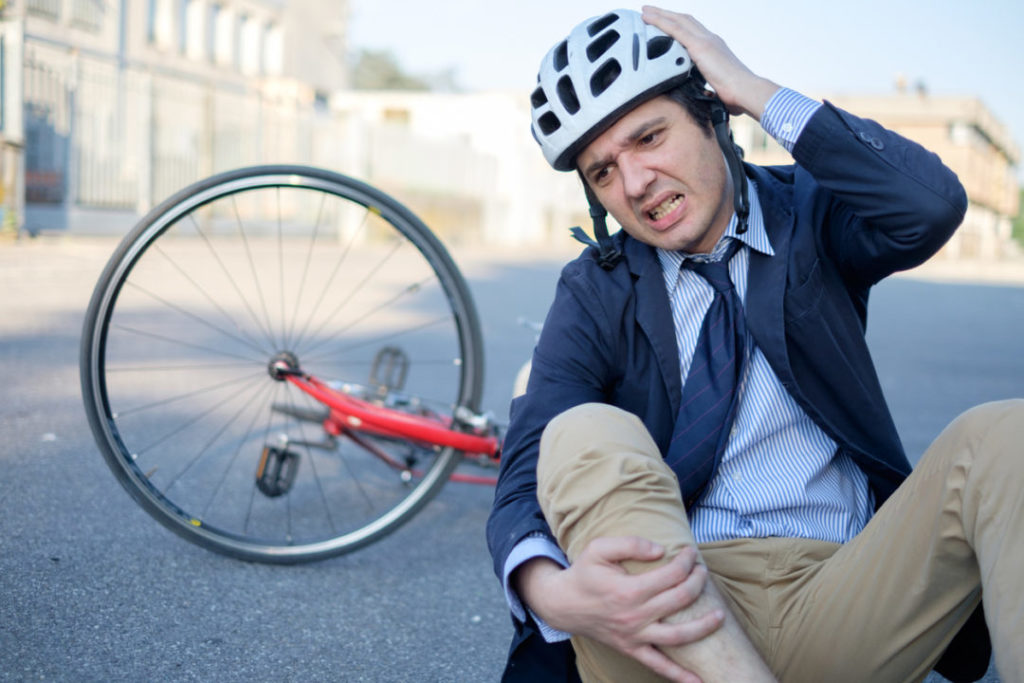
Cycling is more popular than ever, with many commuters choosing to cycle to work in an effort to avoid increased traffic and improve their general health and wellbeing. On the weekend, cyclists take to the roads to enjoy this leisurely pastime. Roads and traffic authorities continue to accommodate the growing number of cyclists on the road with dedicated bike lanes and updated traffic conditions.
As cyclists increase so too do the number of accidents involving cyclists on our roads. While many drivers are well versed in what to do immediately following an accident on the road, most cyclists are unsure what is required of them. While the immediate steps following any incident on the road will depend upon the circumstances, it’s important that cyclists know what to do and gather the right information to ensure their rights are protected at the time and in the future.
So what should these steps look like? Let’s take a look.
Assess the Scene
Accidents happen quickly and immediately following the incident a cyclist is likely to feel disoriented and confused. While it may not be clear what just happened, or how it occurred, it is important to quickly asses the scene and remove yourself from further danger. This might mean moving to a safer spot, for example off the road or away from a blind corner.
Ask for Help
If an accident renders you immobile, flag someone down and ask for assistance. They should help you away from danger and call an ambulance if necessary. Remember, if in doubt, it’s always a good idea to call an ambulance.
Record Contact Details
Where the incident involves another road user you should always record their contact details. Just like two drivers would exchange licence details in the event of an accident, the same applies when a cyclist or cyclists are involved in an accident with each other or another vehicle.
As of March 1, 2017 all cyclists, over 18 years of age, are required to carry photo identification when riding.
Seek Witnesses
Witnesses will be important if there is any dispute as to how the accident took place. Ask around if anyone saw the accident occur, record their details and note their version of events. With reliable witnesses on your side you can avoid a ‘he said, she said’ case and improve your chances of receiving compensation.
Collect Evidence
There are many factors that can lead to an accident. Even if you’re not sure what legislation says, collect as much evidence as you can. Take pictures of any nearby parked cars that may have contributed to the accident, road signs, lanes, any injuries you’ve sustained and/or damage to your bike.
Make a Report to Police
It may not always be mandatory to make a police report, but if police do not attend the accident, it’s a good idea, regardless, to file a report as soon as possible. If you need to take action in future, or an action is brought against you such a report will prove valuable.
Seek Medical Attention
See your doctor even if you feel your injuries aren’t serious. Injuries may be underlying and seeking attention as soon as possible will mean you’re in the best position to make a compensation claim regarding those injuries.
Speak to a Lawyer
In the past year there have been many changes to the legislation that relates to cyclists on our roads. In particular, if a cyclist is hit by a car while cycling they may have a cycling accident claim against the driver’s greenslip insurer. Such a compensation claim can cover expensive medical bills and loss of income and payment for pain and suffering.
If you’ve been involved in an accident whilst cycling on the road, contact a Taylor & Scott lawyer for a free consultation. They will be able to advise if you can make a claim and in most cases if you have a case they will work for you on a no win/no fee guarantee.
Make an appointment using our online contact form or call 1800 600 664.
At Taylor & Scott “We Care For You”.








